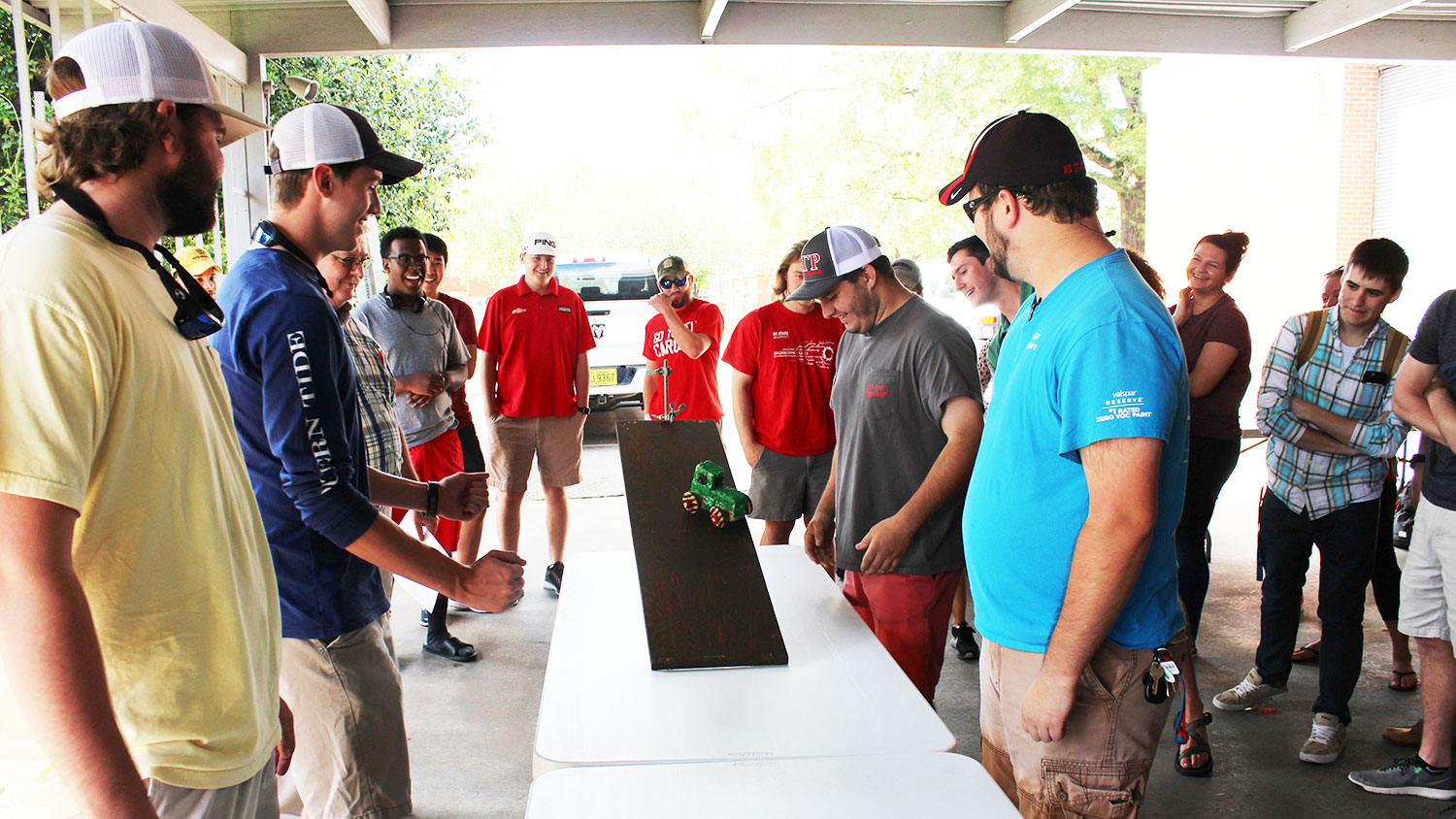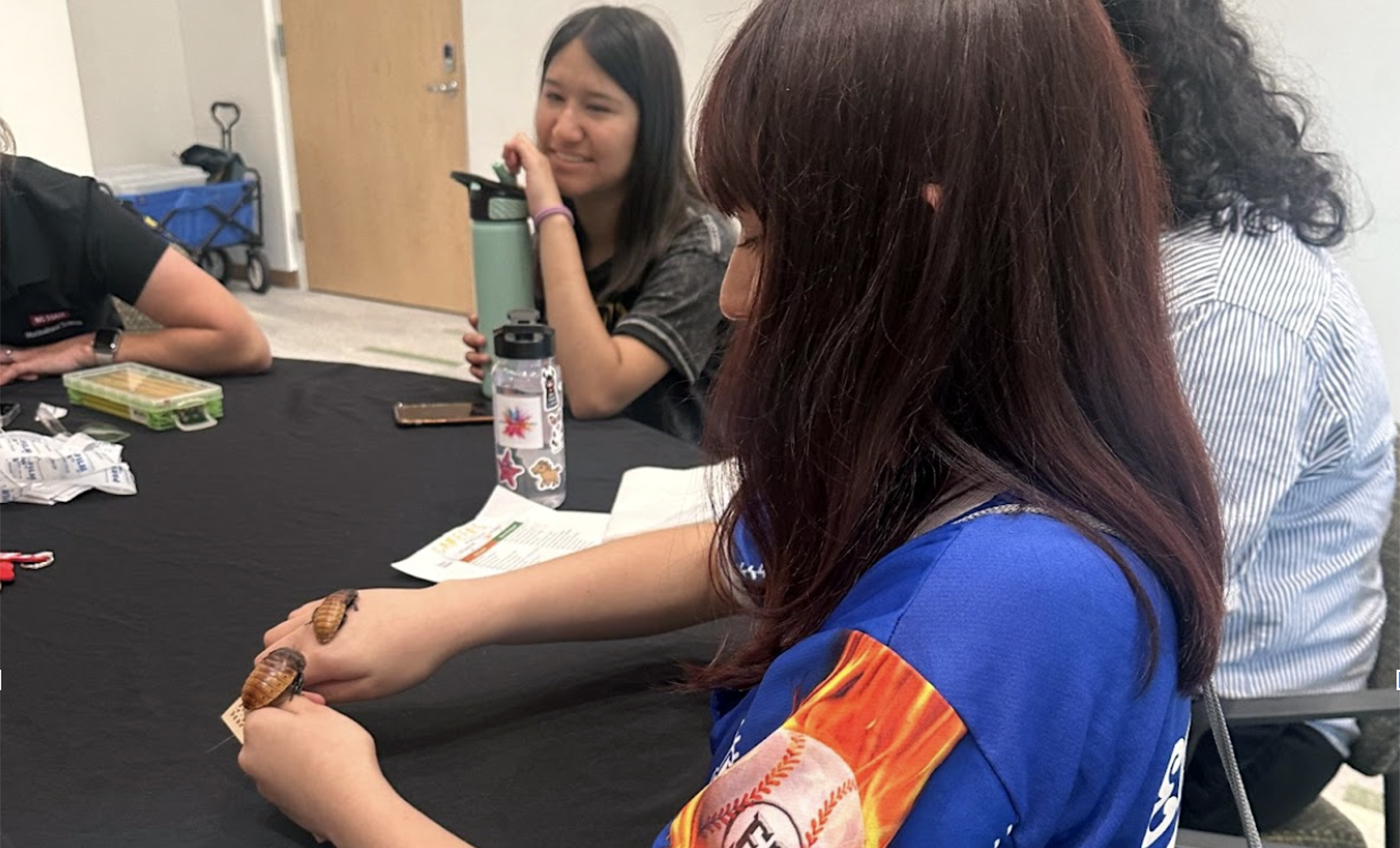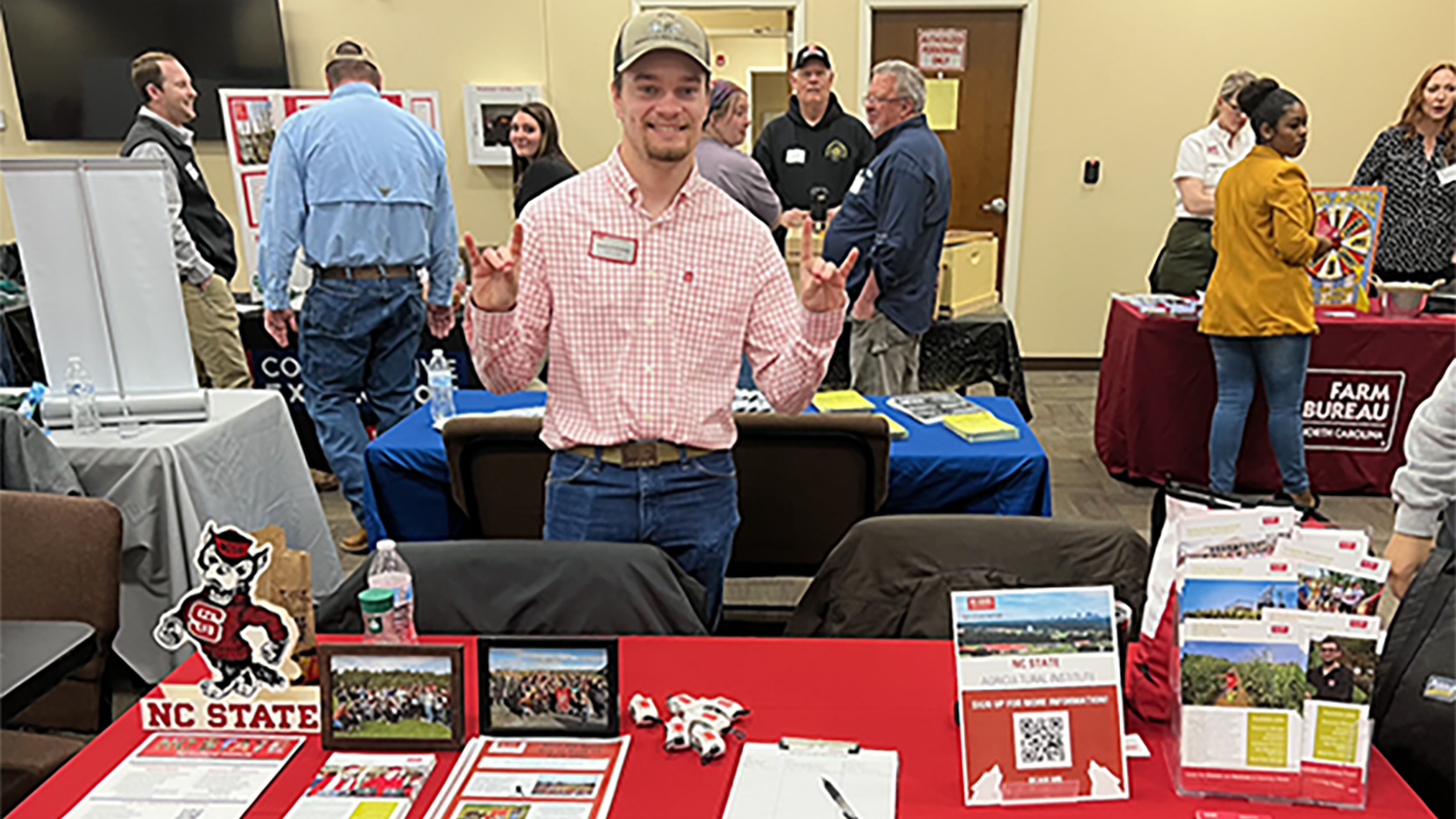Students Challenged to Design Incredible Edible Cars

Written by Rebecca Nagy, Department of Biological and Agricultural Engineering
Protein bars. A sausage link. Carrots. Cookies. Hot dogs.
While these may not seem like the ideal materials to build a car, they’re what students utilized in the Department of Biological and Agricultural Engineering’s 14th Annual Edible Vehicle Design Competition.
Each year since 2004, students in Andy Hale’s Introduction to Biological and Agricultural Engineering class have taken on the challenge to think outside the box to build, race and eat their own edible cars.
“The future of engineering will involve integration with biology,” notes Garey Fox, head of the department. “While BAE students may not be designing edible cars in the future, they will need to work very closely with biological materials, such as using enzymes to create biofuels, understanding biological processing of nutrients in streams, or understanding sweet potato growth under variable soil and weather conditions.
“The Biological and Agricultural Engineering program prepares students to engineer for a sustainable tomorrow,” he continues.
Ready to Race

While students cultivate skills that will be practical in their careers and lives, the race provides a fun atmosphere to close out the semester.
“The spirit of competition really takes over,” Hale explains.
Students release their cars at the top of a ramp but they cannot give it a push or coax it down the runway. The vehicles are measured based on distance traveled from the end of the ramp. While the runway remains the same, each year brings a new set of students and their creations. Some vehicles stand out more than others.
“I can’t remember what it was made of, but one was deep fried something,” Hale recalls. “It’s sure to be the next sensation at the North Carolina State Fair.”
While the vehicles do come in all shapes and sizes, they are all scored on five criteria: distance, durability, design, creativity and edibility.
Edibility can be one of the challenging factors for students, especially when they forget to take into account flavor combinations. For this reason, Hale provides water to students as they chomp down on their edible cars.
This year the first place vehicle rolled down the starting ramp and travelled an additional 36 inches. BAE students Ben Branzelle, Zach Drach, Khalid Sturdivant and Benjamin Tan fashioned their vehicle out of cucumbers, pretzel rods, hot dogs and marshmallows.
In the coming years, students may go on to take another class offered in the department where they are challenged to build a robotic vehicle. While they can use the skills they learned building their edible vehicles, it will definitely not be as tasty.


